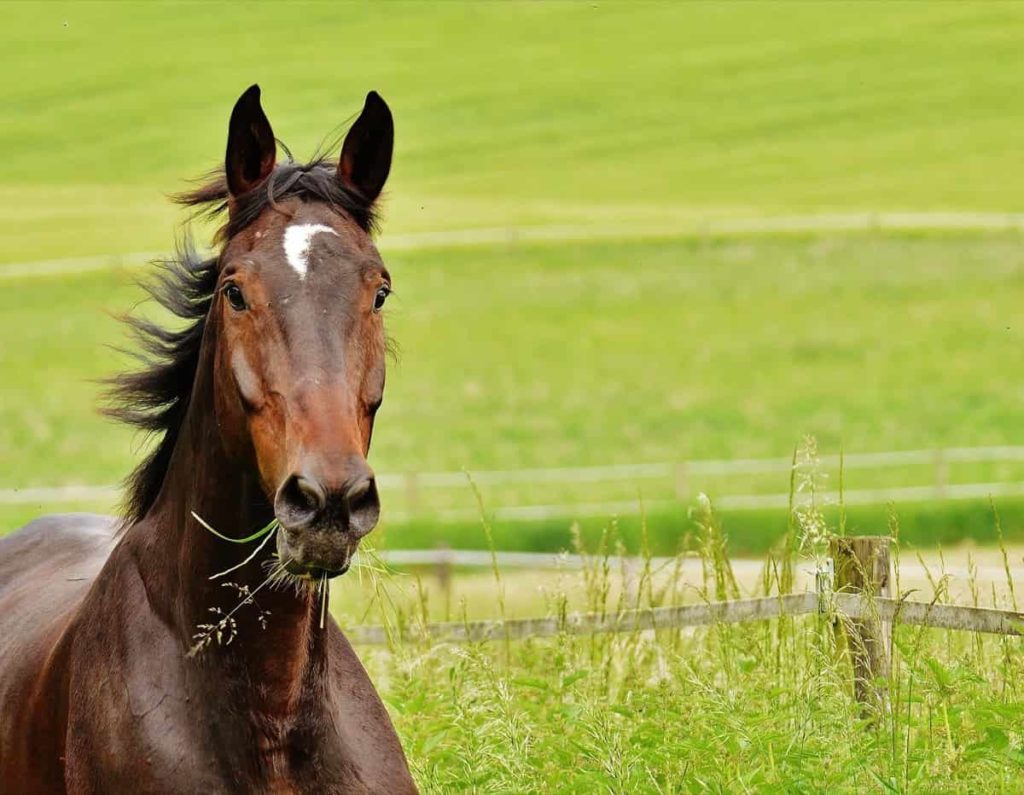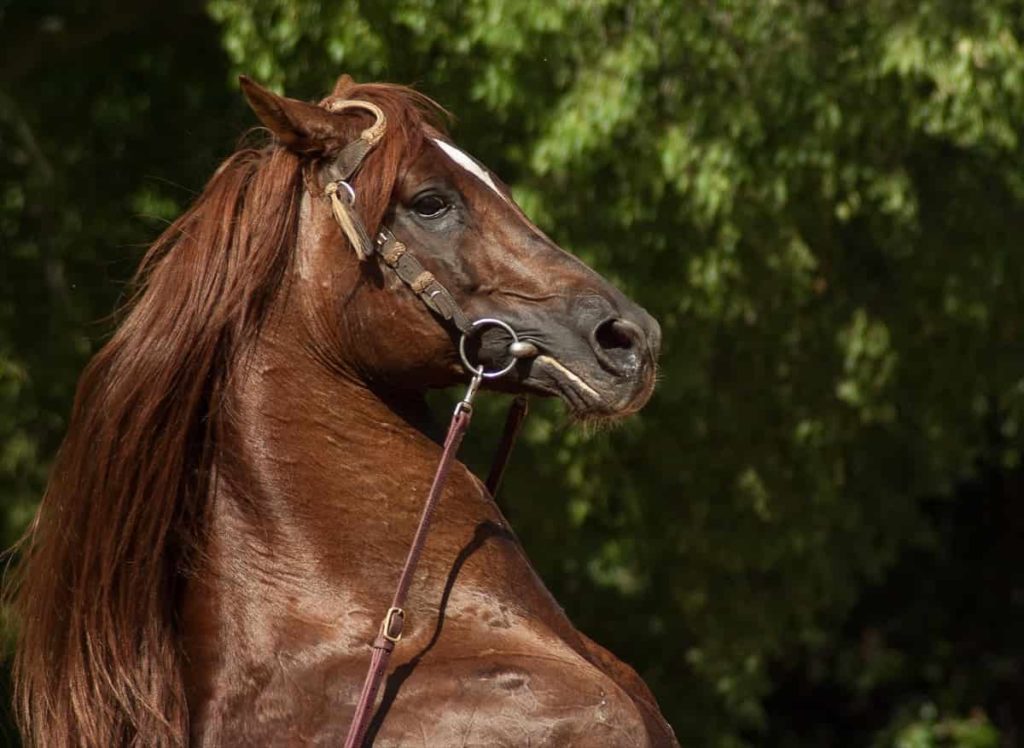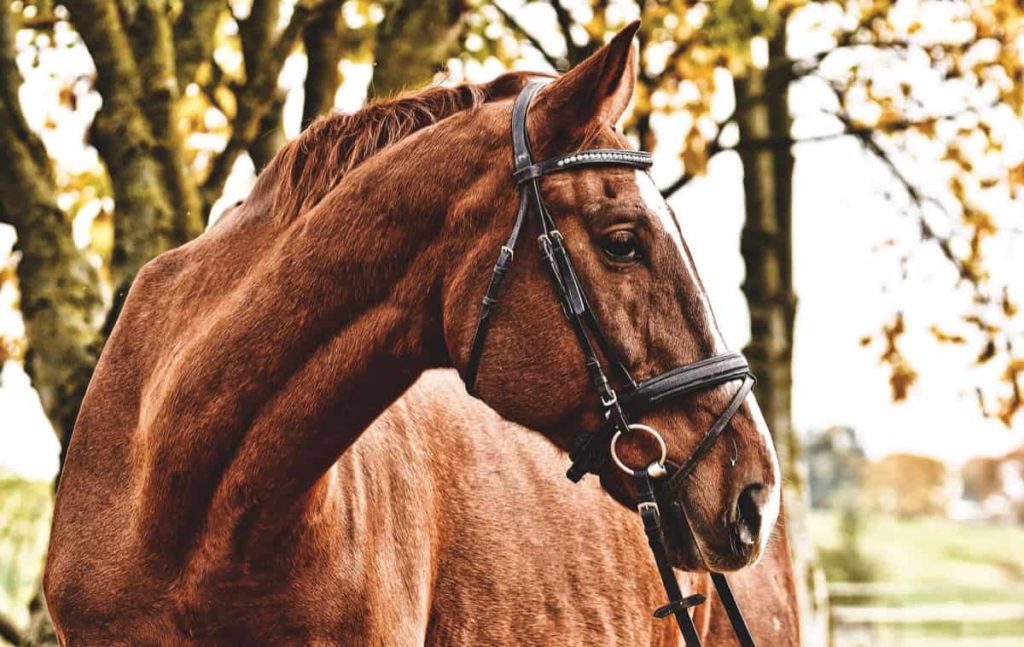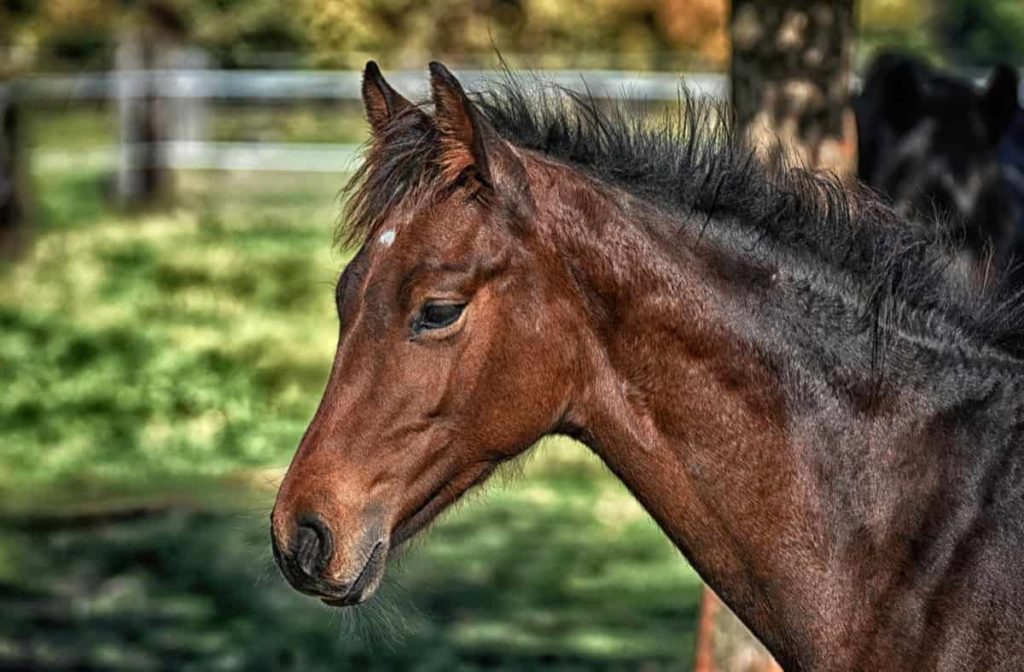Herders use the body condition scoring method to rate an animal’s body condition to monitor and evaluate the contents of their animals’ body reserves, or fat accumulation. It is a method for accurately regulating the health of their pet or sports animal. Additionally, it is used in the breeding of horses and the provision of their general health care.

The Body Condition Scoring Chart for Horses is used to identify an equine’s physical health status clearly. It’s possible to compare horses’ health with different quantities of fat reserves by touching and visually inspecting the ribs, tailhead area, neck, withers, and the area behind the shoulders. This comparison is regardless of the body size or breed of the horse.
Why Assess Your Horse’s Body Condition Scoring?
To Improve its Physical Health
The condition score of your horse will help determine whether or not it needs to gain weight, reduce weight, or keep the same weight. Various circumstances can impact its physical health, including food availability, reproductive activity, climate, working activities, parasites, dental problems, and dietary patterns.
Caring for and breeding horses is pretty different from breeding HF Cows. These great dairy sources and cows generally thrive, breed, and produce more in unpredictable continental weather conditions. But regarding health, horses require stability and only minor environmental changes. By using the scores to determine the horse’s physical state, you’ll be able to plan for its rehabilitation or identify strategies to improve its overall health.
Additionally, many horses possess body fat which is typically distributed unevenly across their bodies. During palpation, calculating the average of the scores from the various locations is often necessary. For instance, you may have a horse that appears skeletal but is overweight because its neck and quarters have more fat. This gives more reason for equine producers to periodically check their herd’s body condition score (BCS).
In case you missed it: How Sonalika Tractors is Helping Indian Agriculture: Price, Models, and Dealers

Horse Scoring Categories
0 Score: The bony horse. This score suggests that there’s no fatty tissue felt during palpation, and the skin is so tight over its bones during visual inspection. Almost all of its bones are visible, making it look like a walking skeleton.
1 Score: The thin horse. Because of the horse’s many visible bones, the score indicates that it is skinny, and can barely feel fatty tissues during palpation.
2 Score: The lean horse. This score reveals that the horse is lean with thin layers of fat under its skin. It’s usually assessed during palpation. Your horse still needs nutrients for its scores to go up and to make it healthier.
3 Score: The healthy horse. It’s the score that says your horse is in excellent health. It means that, though a thin layer of fat may lie just under the skin, it’s normal. The horse is not bony and is on top of its form.
In case you missed it: Quail Farming Business Plan, License for Profits

4 Score: The fat horse. This score is already a cause for alarm for herders because the horse is overweight due to its fat. It means it’s already hard to assess the horse’s physical health because of its fatty physique. It can barely determine its muscles because of too much fat.
5 Score: This score means your horse is obese. It’s indeed a health emergency for your animal. It looks like it’s both boxy and swollen. Its muscles are no longer visible. It’s got a pronounced crest with firm fat pads, making the ribs no longer visible nor discernible. It means that several fatty deposits towards the base of the tail can be felt and seen during the inspection. The horse’s apple-shaped rump is also very prominent because of the squeezing of its inner thighs upon checkup.
To Know its Reproductive Health Status
The BCS is one of the most critical factors determining how long after delivery mares can become pregnant again. If they receive adequate nutrition, female horses will have a better chance of successfully rearing their calves and reproducing. To better assist in developing diet charts for their mares’ late gestation and early lactation, breeders or producers constantly examine their horse’s BCS.
In case you missed it: Organic Vegetable Farming Plan, Advantages

To Manage its Nutritional Needs
According to recent studies, equine breeds should ingest daily forage that accounts for at least 1.5-2 percent of their body weight in dry feeds. These dry feeds usually consist of meadow or field grasses and root crops. Conserved forages such as hay, haylage, or forage substitutes are also included in this dry feeding category. The dry-feeding guide for horses also considers a variety of other sources that are high in fiber.
The health maintenance and nutritional management need the BCS assessment as its implementing guide for the proper health and food intervention a particular horse will require. It’ll direct the horse’s nutrition manager to what and when the appropriate food is given. The scoring guide will also assist the caretaker in ensuring that the horse’s activities are reduced or increased following the BCS.
Health Maintenance Activities for Horses
- Ensure there’s plenty of fresh and clean water
- Maintain minimum consumption of grains
- Provide high forage consumption
- Match the exercise with the feeding
- Avoid sudden changes in its location and feeding components
Maintain Racehorse’s Form
Racehorses require significantly more care and attention than other horse breeds during their upbringing. Their caretakers and owners must adhere to precise routines to keep them healthy and always in their best form, especially while their breed is racing.
Some Essentials for Caring for a Racehorse
- Keeping their stalls clean and bedded
- Giving them daily baths
- Providing two high-quality feeds
- Giving of additional vitamins and supplements
- Taking to the track every morning
The level of training and care required increases proportionately with the quality of the horse being cared for. Trainers and owners are very careful with their racehorses’ health. That’s why they are the ones who are most particular about the body condition scores of their racehorses.
In case you missed it: Pig Farming Subsidy and Loan in India – A Full Guide

Summary
Whether your horse is for racing or not, you need to update yourself on your horse’s health status. It would be best if you used BCS as your baseline and the information in this content for additional insights. Additionally, you can also search for the best scoring materials on the net and apply what’s best for your breed.
- Broccoli Varieties: Choosing the Right Cultivars for Your Farm
- How to Raise Pigs in Your Own Backyard: A Comprehensive Guide
- Budget Friendly Sheep Shed Ideas: Cheap and Low-Cost Tips
- How Much Do Cattle Farmers Make: Revenue Streams in Cattle Farming
- Management Pests and Diseases in Your Cotton Field
- Sheep Farming Business Plan for Beginners
- Aquaponic Farming at Home: A Step-By-Step Guide
- Profitable Village Farming Business Ideas in 2024
- High-Yield Aquaculture: Fast-Growing Fish for Farming
- Effective Fish Pond Construction Techniques for Beginners
- Irrigation and Water Management in Pineapple Farming
- Blossom to Harvest: Mastering Flowering and Pollination in Papaya Farming
- Pig Fattening Essentials: From Selection to Sale for Beginners
- Raising Wagyu Cattle: A Complete Guide for Premium Beef Production
- Soil Types and Their Water Holding Capacity
- Optimizing Irrigation Schedules for Coconut Groves for Enhanced Yield
- Espresso Your Garden: Coffee Grounds for Healthier Acid-Loving Plants
- The Best Soil Mix for Snake Plants: How to Mix Your Own Snake Plant Soil
- Green Thumb Success: Expert Tips for Cultivating Greenhouse Beans All Year Round
- Bloom All Year Round: The Ultimate Guide to Indoor Hyacinth Care
- Eco-Friendly Gardening: How to Make Liquid Fertilizer from Kitchen Waste
- Ultimate Guide to Grow Anise in Pots: Explore Seed Propagation to Harvesting
- Guide to Raising Chester White Pigs: Discover Breed Facts to Growth Management
- Mastering the Elegance: The Ultimate Guide to Weeping Cherry Tree Care, Planting, and Maintenance
- Ultimate Guide to Planting Garlic in Grow Bags: Growing Strategies for Beginners
- How to Fix Spider Plant Leaf-Related Problems: Natural and Organic Remedies
- 10 Reasons Why Your Tulsi Plant is Shedding Leaves: Home Remedies and Solutions
- Optimizing Growth and Yield: The Advantages of Palm Bunch Ash Fertilizer
- Utilizing Neem Oil Extract as a Natural Pesticide for Hydrangea
- From Soil to Harvest: Various Ways in Which Farmers Can Use AI Tools
- Steps to Encourage and Induce Citrus Flowers: A Comprehensive Guide
- How to Fix Snake Plant Leaf-Related Issues: Natural and Organic Remedies
- Transform Your Garden into a Fragrant Oasis with Raat Ki Rani (Night Blooming Jasmine)
- Discover the Ideal Chicken Breeds for Philippine Farms
- How to Create a Poultry Egg Farm Business Plan for Profits
- Grow Lemon Cucumbers Like a Pro: Insider Techniques for Bountiful Yields
